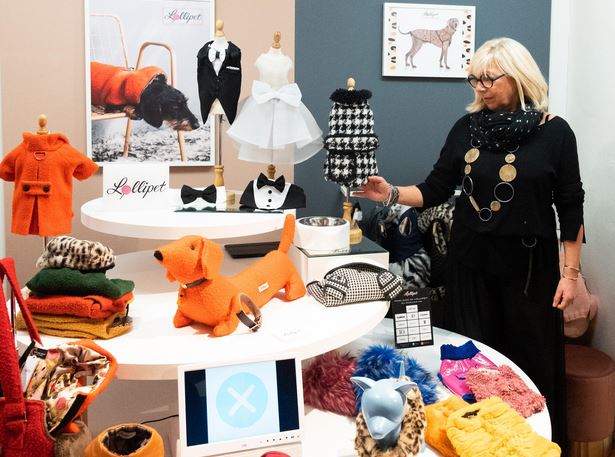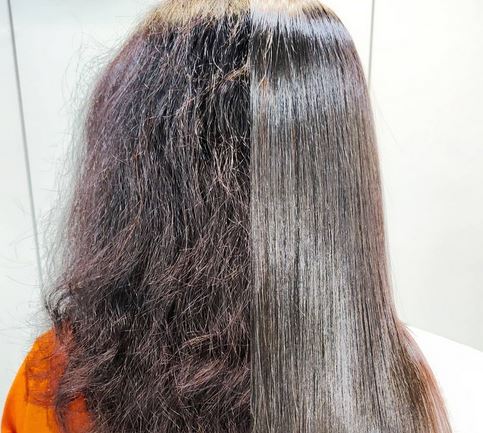How to build a sustainable and ethical wardrobe | |

| |
In recent years, there has been a growing awareness of the environmental and social impact of the fashion industry. Many individuals are now seeking ways to build a wardrobe that aligns with their values of sustainability and ethics. If you're interested in creating a more sustainable and ethical wardrobe, this guide is for you. We will explore actionable tips and considerations to help you make conscious choices and build a wardrobe that is both stylish and environmentally responsible. IntroductionBuilding a sustainable and ethical wardrobe is an empowering way to contribute to a more environmentally friendly and socially responsible fashion industry. It involves making conscious choices about the clothes we purchase, considering their lifecycle, and supporting brands that prioritize sustainability and ethical practices. By following the tips and guidelines in this guide, you can start building a wardrobe that reflects your values and helps make a positive impact. Understand the Impact of Fast FashionFast fashion refers to the rapid production and consumption of inexpensive, trendy clothing items. It has significant environmental and social consequences, including pollution, waste, and exploitative labor practices. Understanding the impact of fast fashion is crucial to making informed choices and transitioning to a more sustainable wardrobe. Prioritize Quality Over QuantityOne of the fundamental principles of building a sustainable wardrobe is prioritizing quality over quantity. Invest in well-made, durable clothing items that are designed to last. Look for timeless styles and versatile pieces that can be mixed and matched to create various outfits. By choosing quality garments, you reduce the need for frequent replacements and contribute to a more sustainable fashion cycle. Choose Sustainable FabricsThe choice of fabrics can greatly impact the sustainability of your wardrobe. Opt for natural and sustainable materials such as organic cotton, linen, hemp, bamboo, and Tencel. These fabrics are typically produced using fewer chemicals, pesticides, and water compared to conventional materials. Additionally, consider recycled or upcycled fabrics, which reduce waste and promote circular fashion. Explore Secondhand and Thrift ShoppingSecondhand and thrift shopping are excellent ways to build a sustainable wardrobe while giving pre-loved clothing a new life. Visit local thrift stores, consignment shops, or online platforms that specialize in secondhand fashion. You can find unique pieces, designer items, and vintage gems at affordable prices. Shopping secondhand not only reduces textile waste but also supports a more circular and sustainable fashion economy. Support Ethical and Transparent BrandsWhen purchasing from new brands, research their ethical practices and transparency. Look for brands that prioritize fair wages, safe working conditions, and environmentally friendly production methods. Check for certifications such as Fair Trade, GOTS (Global Organic Textile Standard), or B Corp to ensure the brand meets rigorous sustainability and ethical standards. Adopt a Minimalist MindsetEmbracing a minimalist mindset can help you build a sustainable wardrobe. Practice mindful consumption by curating a collection of essential and versatile pieces that truly reflect your personal style. Avoid impulse purchases and instead focus on quality, timeless garments that will stand the test of time. By decluttering and simplifying your wardrobe, you'll find it easier to create cohesive outfits and reduce the temptation to constantly buy new clothes. Care for Your ClothesProper garment care is essential for extending the lifespan of your clothing. Follow care instructions, mend small damages, and store your garments appropriately. Washing clothes in cold water, air-drying them, and avoiding excessive washing can help preserve their quality. By taking care of your clothes, you minimize the need for replacements and contribute to a more sustainable wardrobe. FAQsWhat are some sustainable fabrics I can look for?There are several sustainable fabrics you can consider for your wardrobe. Some examples include organic cotton, linen, hemp, bamboo, Tencel, and recycled polyester. These materials are produced with a lower environmental impact and often have certifications to ensure their sustainability. How can I find ethical and transparent brands?To find ethical and transparent brands, research their websites, mission statements, and social responsibility practices. Look for certifications, partnerships with sustainable organizations, or supply chain transparency reports. Online directories and apps dedicated to ethical fashion can also provide recommendations and insights into brands' practices. Is it better to repair or replace a damaged garment?Repairing a damaged garment is generally more sustainable than replacing it. Seek local tailors or learn basic sewing skills to mend small tears, replace buttons, or fix loose seams. Extending the lifespan of your clothes through repairs reduces waste and promotes a circular fashion economy. Can I still follow fashion trends while building a sustainable wardrobe?Yes, you can incorporate fashion trends into your sustainable wardrobe. Instead of chasing every fleeting trend, focus on timeless pieces that align with your personal style and can be worn beyond a single season. Look for sustainable versions of trendy items or find ways to incorporate trends through accessories or styling. ConclusionBuilding a sustainable and ethical wardrobe is a powerful way to make a positive impact on the fashion industry and the planet. By understanding the impact of fast fashion, prioritizing quality over quantity, choosing sustainable fabrics, exploring secondhand options, supporting ethical brands, adopting a minimalist mindset, and caring for your clothes, you can build a wardrobe that reflects your values and promotes a more sustainable future. | |
| Category: Fashion | |
| Total comments: 0 | |
 |
| Creating a Bold and Vibrant Makeup Look |
 |
| The art of layering in fashion |
 |
| Natural Remedies for Itchy and Irritated Scalp |
 |
| 10 Stunning Lip Glosses for a Lustrous Finish |
 |
| How to make a fashion statement with accessories |
 |
| Pet Fashion Designers: The Creatives Behind Stylish Petwear |
 |
| The Secrets to Achieving Silky Smooth Hair |
 |
| How to choose Acne Treatment Device |
 |
| Natural Remedies for Hair Thinning and Hair Loss |
